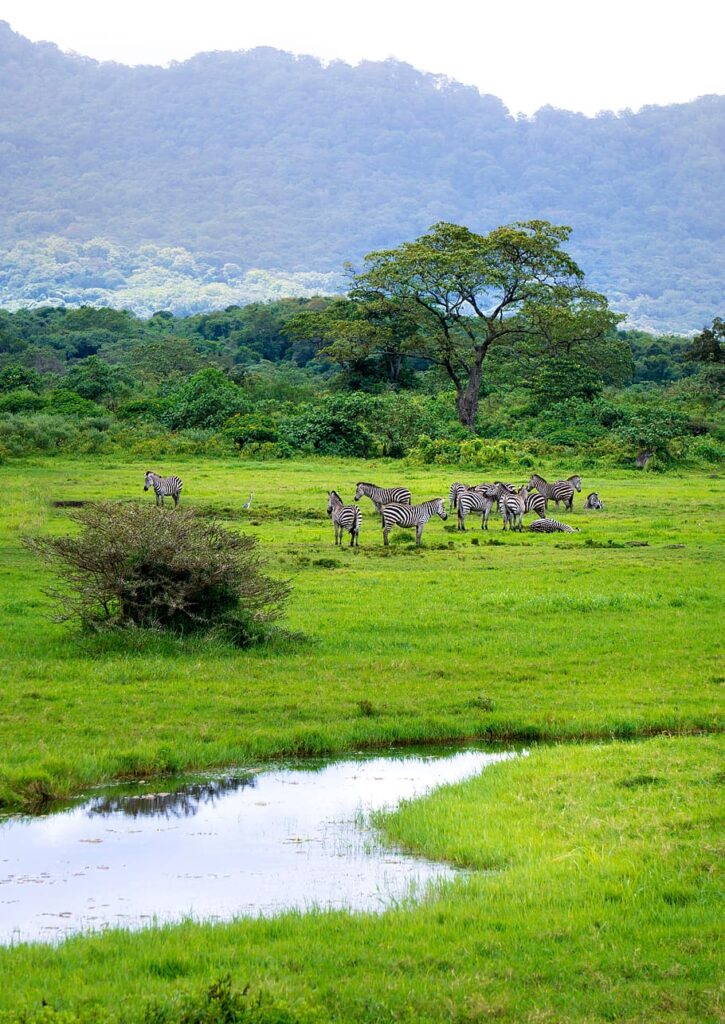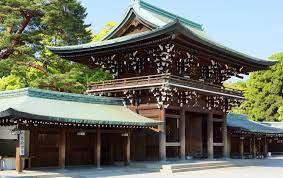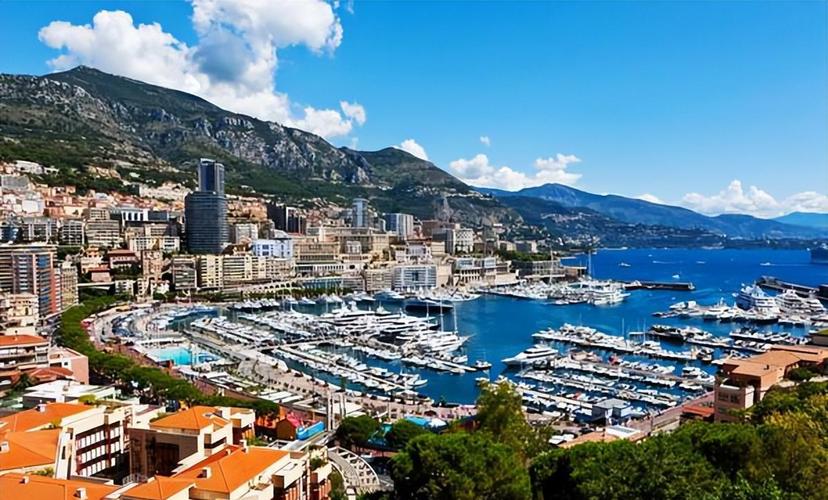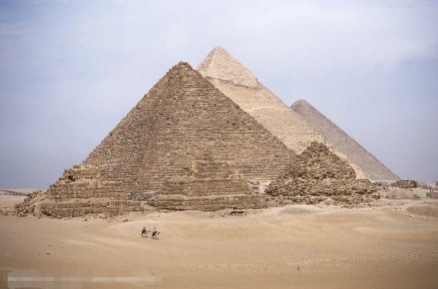mineral resources Zambia has abundant mineral resources. Non ferrous metal deposits include copper, cobalt, zinc, lead, nickel, platinum, manganese, tin, iron, and gold. Zambia is known as the “country of copper mines”, with proven copper reserves of 19 million tons, accounting for about 6% of the world’s total copper reserves. Its per capita share ranks first in the world. According to Zambia’s 2020 mineral production report, copper production increased from 796000 tons in 2019 to 882000 tons in 2020. The country’s copper resources are mainly concentrated in the Copper Belt Province and Northwest Province. After decades of development, almost all copper mines in the Copper Belt Province have shifted from early open-pit mining to underground mining, and with the increase of mining depth, the difficulty of mining continues to increase. The copper mines in Northwest Province are mainly open-pit mining, but the grade is relatively low. Cobalt, as an associated mineral of copper, ranks second in the world with reserves of approximately 350000 tons. In 2020, Zambia’s cobalt production was 287 tons. Lead and zinc mines are mainly distributed in Cabwe, with a total proven reserve of approximately 4.96 million tons. Their grades contain 15% lead and 25% zinc, making them one of the regions with the richest lead and zinc grades and reserves in the world. Iron ore reserves are relatively abundant, with a proven reserve of about 900 million tons and an ore grade of 50%, mainly distributed in the central and western provinces. In 2020, the gold production was 3578.8 kilograms, and it is expected to continue to increase in the future. Non metallic mineral resources include limestone, phosphate, potassium (sodium) feldspar, wollastonite, marble, granite, and sodalite. Zambia also has various gemstones, including emerald, amethyst, diamond, malachite, garnet, tourmaline, etc. Among them, emerald production accounts for over 20% of the world’s total production, with high transparency and good quality. Forest resources Approximately 45% of the country’s land is covered by forests, and high-quality timber such as rosewood, dragon blood wood, teak, mahogany, rosewood, rosewood, bergamot wood, silica wood, and ebony are commercially available for export. Due to continuous logging, Zambia’s forests are decreasing at a rate of 100000 hectares per year. For this reason, the Zambian government formulated a policy in 2002, stipulating that logs and square timber are not allowed to be exported and must be processed into boards and wooden products to increase added value before being exported. In addition, a forest protection area of 60000 square kilometers has been designated to strengthen the protection of precious tree species. In 2012, in order to protect forestry resources, the government established 11 nurseries nationwide, cultivated 17.5 million trees, and actively called on tribes, schools, churches, and others to participate in tree planting activities. In 2017, Zambia released its seventh five-year development plan, which requires each province to ensure that the afforestation area reaches 50000 hectares by 2021. water resource Zambia has rivers, lakes, and swamps throughout the country, dense waterways, and abundant water resources. Surface water accounts for 42% of the surface water reserves in southern Africa, while groundwater resources account for 45% of the groundwater reserves in southern Africa. The main rivers include Zambezi River, Kafue River, Luangwa River, and Luapura River.









